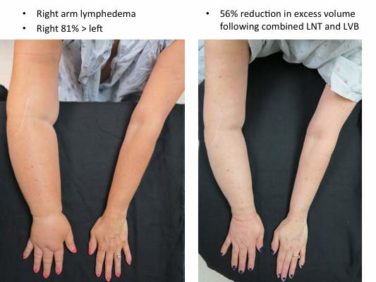FROM CHEST
The hemodynamic characteristics of pulmonary arterial hypertension (PAH) differ from those typically thought of as defining the disease, suggests a study published in Chest.
A pulmonary hypertension patient’s diagnostic category is used to select which patients will or won’t receive PAH-targeted therapies, such as treprostinil. Currently, patients with a mean pulmonary arterial wedge pressure (mPAWP) less than or equal to 15 mm Hg are classified as having PAH and patients with a mPAWP above 15 mm Hg are classified as having postcapillary pulmonary hypertension. Current recommendations advise against treating patients with postcapillary hypertension with PAH-targeted therapies.
First author Dr. Christian Gerges of the division of cardiology, Vienna General Hospital, Medical University of Vienna and colleagues hypothesized that a precapillary hemodynamic profile is characterized by a mPAWP that is lower than the currently accepted 15 mm Hg, an elevated diastolic pulmonary vascular pressure gradient (DPG), “and a beneficial response to PAH-targeted therapies.”
The study identified an mPAWP less than 12 mm Hg and a DPG greater than or equal to 7 mm Hg as the best hemodynamic discriminators between idiopathic PAH and postcapillary pulmonary hypertension.
This study also found that patients with a mPAWP less than 12 mm Hg combined with a diastolic pulmonary vascular pressure gradient (DPG) greater than 20 mm Hg are likely to have a significant response to PAH-targeted-therapy.
The researchers analyzed hemodynamic data from a retrospective cohort of 4,363 stable patients who underwent a first diagnostic right heart catheterization at the Medical University of Vienna between May 1996 and June 2006. Of these patients, 3,524 (81%) also received a left heart catheterization. Additionally, the researchers analyzed deidentified individual data for 541 patients from four randomized placebo-controlled trials and 437 patients from one open-label trial of treprostinil in PAH. These trials all had similar inclusion criteria and data collection processes (Chest. 2016 Apr;149[4]:1061-73. doi: 10.1378/chest.15-0928 ).
Funding was provided by educational grants from Bayer and United Therapeutics Corporation. All but two coauthors had no disclosures; the remaining author disclosed numerous ties to industry sources.




